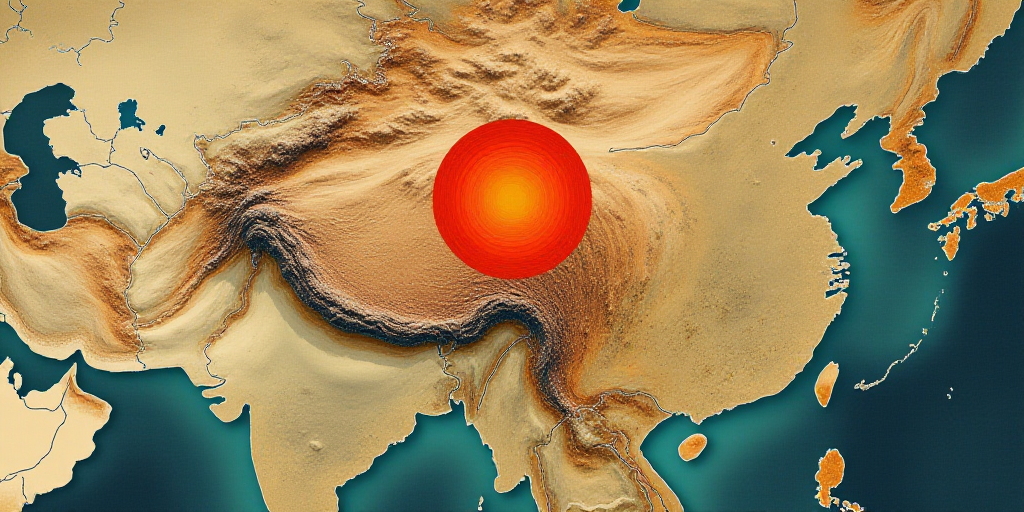Background on Kamchatka’s Earthquake
On July 29, 2025, a magnitude 8.8 earthquake struck the coast of Kamchatka Peninsula, located in far eastern Russia. This powerful quake is among the ten strongest ever recorded and the largest since 2011. The earthquake caused building damage and injuries in Petropavlovsk-Kamchatski, the largest nearby city, situated only 119 kilometers from the epicenter.
Global Impact and Tsunami Warnings
Following the earthquake, tsunami alerts and evacuations have been issued in Russia, Japan, and Hawaii. Warnings have also been extended to the Philippines, Indonesia, as well as distant locations like New Zealand and Peru.
The Pacific region is highly prone to intense earthquakes and the tsunamis they trigger, as it lies within the “Ring of Fire,” a zone of high seismic and volcanic activity. Out of the ten most powerful earthquakes recorded in modern history, all occurred within this region.
Why are such strong earthquakes common in Kamchatka?
The Kuril-Kamchatka trench, located just off the coast of the Kamchatka Peninsula, marks a boundary between tectonic plates where the Pacific Plate slides beneath the Okhotsk Plate. As tectonic plates continuously move relative to each other, their interlocking often gets “stuck.” Tension accumulates until it surpasses the resistance in that contact zone, resulting in a sudden rupture—an earthquake.
Due to the vast expanses of these plate boundaries, both in length and depth, ruptures can cover large areas, leading to some of the largest and potentially destructive earthquakes on Earth.
Another factor influencing the frequency and magnitude of earthquakes in subduction zones is the speed at which the two plates move relative to each other.
In Kamchatka’s case, the Pacific Plate moves approximately 75 millimeters per year relative to the Okhotsk Plate. This relatively high speed for tectonic standards results in more frequent large earthquakes compared to other subduction zones. In 1952, a magnitude 9.0 earthquake occurred in the same subduction zone, just 30 kilometers from today’s magnitude 8.8 earthquake.
Other examples of significant subduction-boundary earthquakes include the Tohoku-Oki, Japan (magnitude 9.1 in 2011) and the Sumatra-Andaman, Indonesia (magnitude 9.3 in 2004) earthquakes. Both started at relatively shallow depths and broke the plate boundary to the surface, raising one side of the seafloor relative to the other and causing devastating tsunamis.
Kamchatka Earthquake and the Pacific Ring of Fire
Kamchatka’s earthquake highlights the significance of plate boundaries within the Pacific Ring of Fire, a region known for its high seismic and volcanic activity.
What’s Next?
As of the article’s writing, about six hours after the earthquake, 35 aftershocks with magnitudes over 5.0 had been recorded by the United States Geological Survey.
Aftershocks occur when tension within the Earth’s crust redistributes following the primary earthquake. They are often of lower magnitude than the main quake; in this case, aftershocks above magnitude 7.5 are possible.
The earthquake has also triggered a tsunami affecting coastal communities on the Kamchatka Peninsula, the Kuril Islands, and Hokkaido, Japan. In the coming hours, this tsunami will spread across the Pacific, reaching Hawaii approximately six hours after the earthquake and continuing to Chile and Peru.
Scientists will refine their tsunami models as the waves propagate, while civil defense authorities will provide official information on expected local impacts.
Lessons for the World
Although massive earthquakes like today’s are rare, their local and global consequences can be devastating. Besides its magnitude, several aspects of the Kamchatka earthquake will make it a focal point for research.
The region has been seismically active in recent months, with a magnitude 7.4 earthquake on July 20. Understanding how this prior activity influenced the location and timing of today’s event will be crucial to investigations.
Similar to Kamchatka and northern Japan, New Zealand also lies on a subduction zone—actually two. The larger Hikurangi subduction zone extends eastward along New Zealand’s North Island coast. Based on the characteristics of these plate boundaries and historical geological records, it’s likely that the Hikurangi subduction zone could produce magnitude 9 earthquakes. Though it hasn’t happened historically, such an event would generate a tsunami.
The threat of a major earthquake in subduction zones never disappears. The Kamchatka earthquake serves as a crucial reminder for everyone living in earthquake-prone areas to stay vigilant and heed warnings from civil defense authorities.






